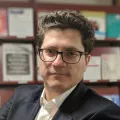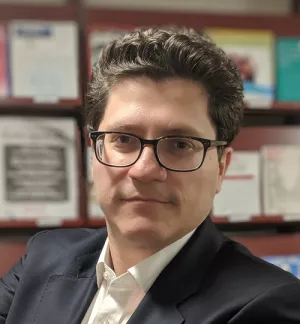The emergence of sovereign wealth funds is organically linked to the accumulation of surpluses from commodity revenues, particularly in emerging economies. To insulate capacity-constrained domestic economies from the negative externalities of the so-called ‘resource curse’, capital was gathered into investment pools and shielded from national economies through investment in the well-established financial markets of developed economies. In their formative years, the creation of these early SWFs was – we argue – largely ‘supply-driven’. They were created at first to manage an excess of accumulated commodity wealth, then to later to recycle expanding current account surpluses. It other cases, funds were capitalized using state commercial assets that had outgrown the capacity of government bureaucrats to oversee effectively. The latter might include, for example, Temasek in Singapore, Khazanah in Malaysian, Mumtalakat in Bahrain, and Samruk-Kazyna in Kazakhstan.
Since the global financial crisis, and more recently in the wake of commodity price declines and slowing growth in emerging economies, the establishment of fund structures has accelerated. However, in the current period this acceleration has not been in response to rising surpluses, but rather has been spurred in part by a slowdown in foreign investment. An objective is that they promote domestic investment to restart economic growth, promote economic diversification, and advance national competitiveness. Thus, the creation of many new funds has become ‘demand-driven’, motivated less by the need to capture and invest surplus wealth, than to further key – and some cases urgent – national economic policy goals (e.g. see Halland et al. 2016).
A newly established sovereign fund in Turkey and the restructuring and recapitalization of Saudi Arabia’s Public Investment Fund serve to illustrate.
Financing economic restructuring and development – even with substantial surplus wealth – is challenging and potentially fiscally disruptive, particularly for developing economies with limited absorptive capacity. Unless entirely sequestered, surpluses will certainly have competing uses. They might be ‘earmarked’ to support both current and capital spending under central or local budgets or serve as critical buffers to maintain fiscal and balance of payments stability and by extension the international borrowing capacity of governments and local financial systems. Moreover, and specifically with regard to the IMF’s definition of foreign exchange reserves (IMF, 2014), reallocating foreign reserves (or ‘conscious – or unconscious - uncoupling’1) beyond the reach of monetary authorities or investing them in illiquid assets – such as infrastructure – can directly impact the credit quality and financial capacity of the government.
In 1990 Robert Lucas asked a simple, but profound question: ‘Why doesn’t capital flow from rich to poor countries’? Deemed the ‘paradox of capital’, his research suggested – in part – that institutional failure may inhibit the flow of capital to emerging economies despite favorable differences in its marginal productivity. This thesis informs several critical public policy questions related to the establishment of a development-focused SWFs. How will such funds be organized so as to contribute effectively to their economic objectives, while avoiding risks that detract from or even destabilize a broader national development agenda? How will they be capitalized? Will existing revenues or assets be repurposed? Will governments employ leverage in more creative and innovative ways? Will policy makers consider new, ‘non-traditional’ sources – special taxes, immigrant investment flows, collateralized debt proceeds, intellectual property rents – as potential pools of capitalization? (e.g. see, Clarke, 2016). If so, the actors involved in the policy dialog will inevitably expand from ministries of finance and central banks to other government departments, such as those engaged in innovation, immigration, state-owned enterprise (SOE) management, and economic development. Looming over such structural questions is how to reinforce a fund’s mandate – namely, the scope of activities and discrete objectives set out for the fund – through its governance structure. Fundamentally, how can the fund, as an agent of the state, serve as a credible institutional partner to mobilize new inflows of foreign investment capital?
This paper contributes directly to an evolving policy literature on sovereign development and strategic investment, including new funding streams to capitalize SWFs (Divakaran et al, 2016; Gamlen et al, 2015; Halland et al, 2016; Atkinson and Hamilton, 2016; Milhench, 2017; Schena and Ali, 2017). A key objective of this analysis is to systematize existing research with a focus on the challenges of what we perceive as a ‘paradox of scarcity’: The creation of SWFs not from surplus wealth, but using scarce capital with competing uses, to overcome market imperfections and to catalyze inward investment. Our paper is structured as follows: Part 1 provides a contextual overview. Part 2 presents our thesis of scarcity. Part 3 catalogs the rise of development-focused SWFs and documents sources of capitalization. Part 4 considers in more detail ‘why capitalization matters’ by analyzing the indirect role of remittances in the establishment of SWFs. Part 5 offers several policy considerations when designing new fund structures.
Schena, Patrick J., Juergen Braunstein and Asim Ali. “The Case for Economic Development Through Sovereign Investment: A Paradox of Scarcity?.” Global Policy, April 14, 2018
The full text of this publication is available via Global Policy.



